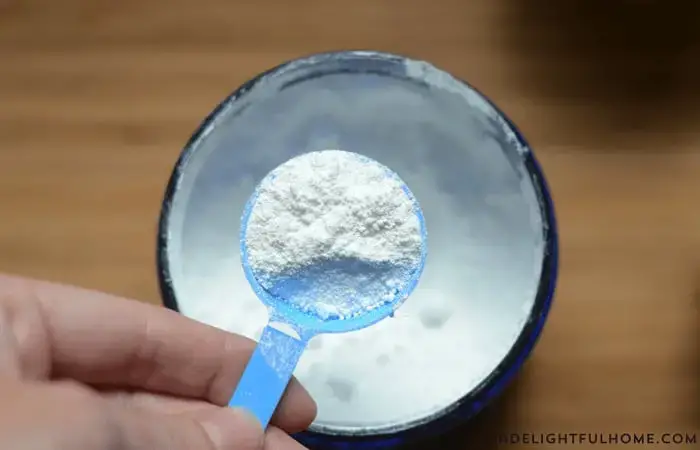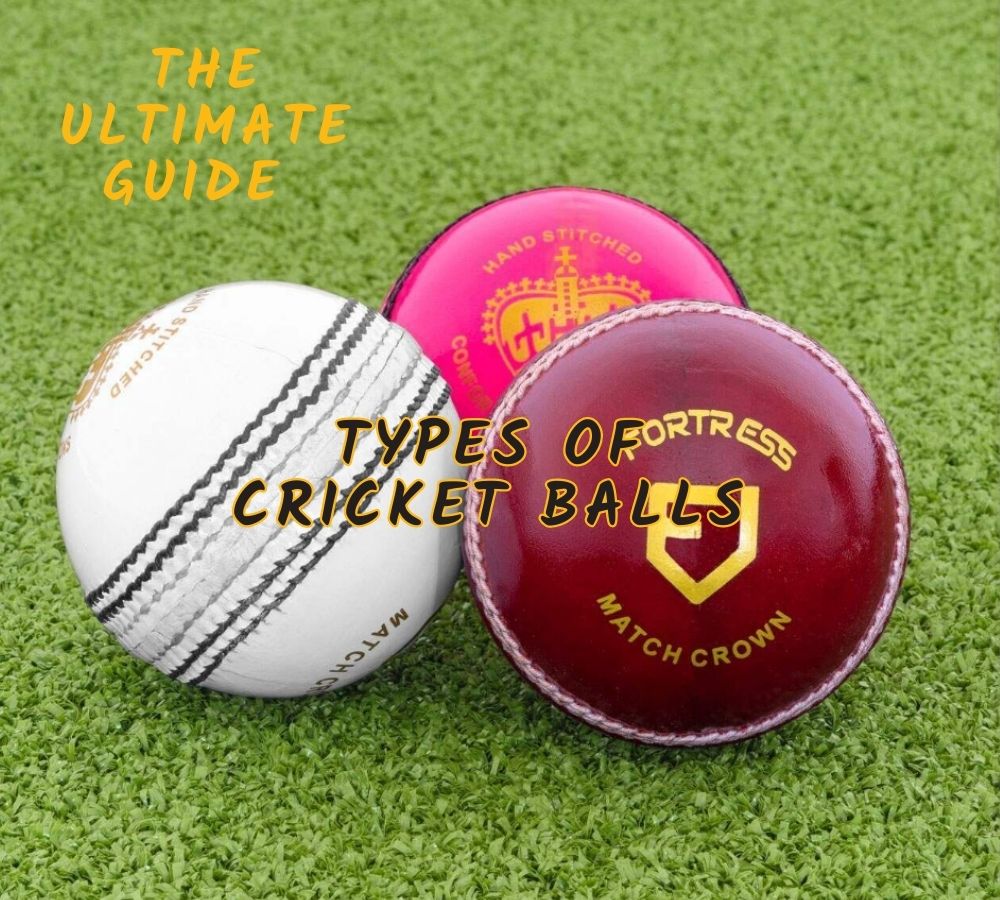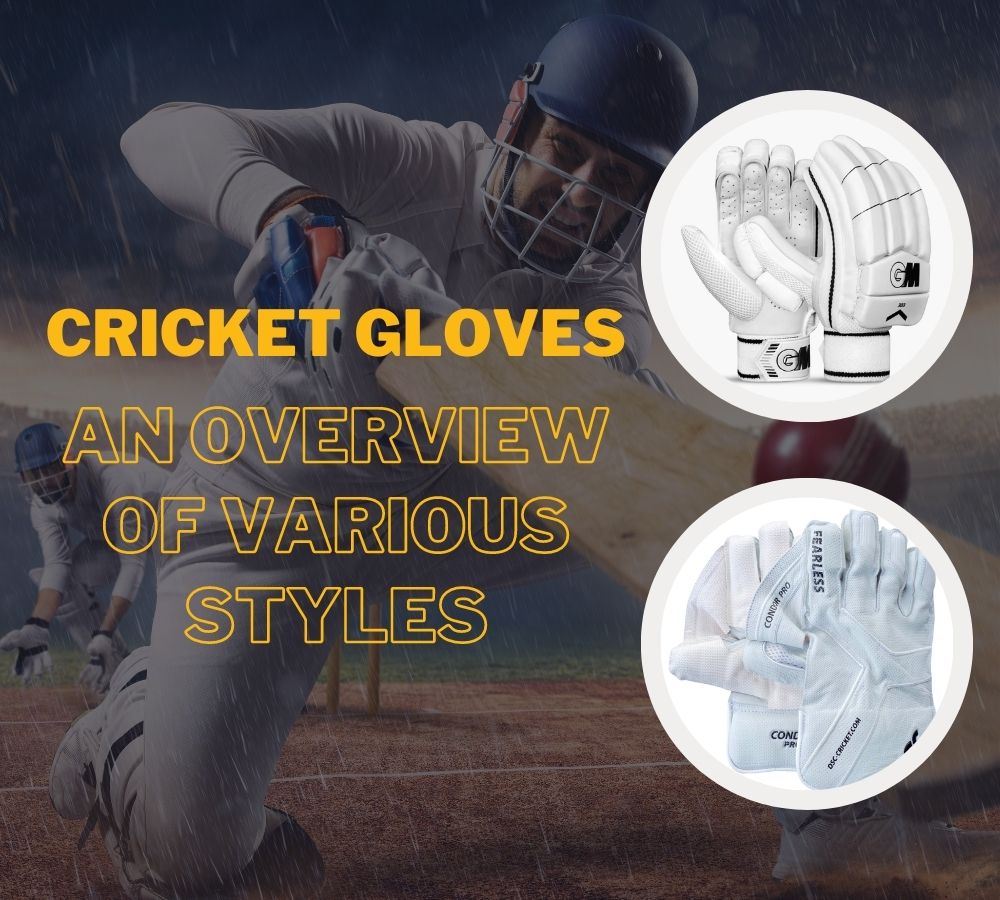While watching cricket, we all have wondered – what is the white cream on a cricketer’s face, and why do they use it?
And it definitely didn’t look like regular sunscreen. So, what is it and is it safe to use, and how to use it?
The white cream commonly worn by cricketers on their faces is Zinc Oxide, which creates a robust barrier that effectively deflects the sun’s harmful UVA and UVB rays from the skin.
In this article, we are going to explore more about the zinc oxide cream used by crickets. So, read on…
What is Zinc Oxide Cream?
Zinc oxide cream is a type of sunscreen that is commonly used by cricketers and other athletes for its ability to provide sun protection and prevent skin irritation.
When applied to the skin, zinc oxide creates a physical barrier that reflects and absorbs ultraviolet (UV) radiation, helping to protect the skin from sunburn and other sun damage.
In addition to its sun protection benefits, zinc oxide cream is also useful for preventing skin irritation and chafing, which can be common problems for cricketers who spend long hours in hot and humid conditions.
The cream can be applied to areas of the body where friction occurs, such as the thighs, underarms, and groin, to reduce irritation and discomfort.
Why do Cricketers Prefer Zinc Oxide Instead of Regular Sunscreen?
Well, it is clearly a necessity rather than a fashion statement. There are several reasons why crickets use zinc oxide. We have mentioned the advantages of using zinc oxide sunscreen below for your reference.
1. Long-lasting protection
Zinc oxide cream creates a physical barrier on the skin that reflects and absorbs UV radiation, providing longer-lasting protection compared to chemical sunscreens that can break down more quickly when exposed to sunlight.
2. No Wait Time
Zinc oxide sunscreen starts working immediately upon application. The cream can be easily applied to exposed areas of the skin while in a shaded or indoor area, making it convenient for athletes to quickly prepare themselves before heading out onto the field.
3. No skin irritation
Cricketers are prone to skin irritation and chafing due to the constant friction and movement during play. Zinc oxide cream can help prevent these problems by creating a protective barrier on the skin.
4. More Effective
Compared to regular sun cream found in local chemists or supermarkets, zinc oxide sunscreen offers superior effectiveness in providing broad-spectrum protection against the sun’s harmful UVB rays and reducing the risk of developing skin cancer. In other words, it offers a comprehensive package of protection, making it a better choice for athletes and individuals seeking optimal sun protection.
5. No Chemicals
Some cricketers prefer zinc oxide cream because it does not contain the chemicals found in some sunscreens, which can cause skin irritation and other adverse reactions.
6. Water and Sweat Resistance
Zinc oxide cream is typically more resistant to sweat and water than regular sunscreen, making it ideal for use during long matches and training sessions.
What Makes Zinc Oxide Different From Regular Sunscreen?
{ IMAGE } Ref – https://cricketmastery.com/white-cream-on-cricketers-face/

A visual representation of how the protection of zinc oxide differs from normal sunscreen.
Zinc oxide sunscreen is commonly referred to as a physical sunscreen because it creates a barrier on the skin’s surface, physically blocking potentially damaging UV rays from penetrating the skin.
In contrast to chemical sunscreens that absorb UV radiation, zinc oxide sunscreens work by scattering the sun’s rays, as shown in the image above.
By doing so, they prevent harmful ultraviolet rays from entering the skin layer, providing extra protection against skin damage, and reducing the risk of skin cancer.
Is it Safe to Use Zinc Oxide White Cream on Your Face?
Zinc oxide is a physical sunscreen ingredient that works by forming a protective barrier on the skin that reflects UV rays.
According to the FDA, zinc oxide is generally recognized as safe and effective (GRASE) for use as a sunscreen agent. It is listed as a Category I sunscreen active ingredient, which means it is safe for use in over-the-counter (OTC) sunscreen products. (source)
How To Apply Zinc Oxide Sunscreen?
Step 1: Squeeze enough zinc oxide cream from the tube, or use the powdered paste you have prepared.
Step 2: Apply the cream evenly on the desired areas of your body. The amount of cream you need may vary based on your skin type and the size of the area you wish to cover.
Important Notes:
· To ensure adequate protection, apply enough zinc oxide sunscreen to cover the areas of your body you want to protect. Never follow the ‘less is more’ formula here
· Remember that sunscreen cannot completely block the sun’s rays, but regular application can provide the best possible protection.
· Follow FDA guidelines and reapply sunscreen every two hours. If you’re sweating heavily, consider reapplying even more frequently.
How to Remove Zinc Oxide Sunscreen?
Unlike regular sunscreen, zinc oxide forms a thick layer to prevent the sun rays from getting absorbed into the skin. So, it may take a little to clear up the layer. Below is a quick and effective process for removing the zinc oxide sunscreen.
Step 1 – Take Good Quality Coconut Oil
Zinc oxide sunscreen can be challenging to remove with water alone due to its stubborn nature. To effectively remove it, an oil-based solution should be used to break it down and dissolve it.
Step 2 – Massage the Oil
take a small amount of oil-based solution and apply it to the palm of your hand. Then, gently massage the solution into the area where the sunscreen was applied until it is fully dissolved.
Step 3 – Clean with Warm Water
After massaging the oil-based solution into the skin for a couple of minutes, grab a towel and soak it in warm water (not too hot). Place the towel on the skin and leave it there for about ten seconds to help dissolve and remove the remaining sunscreen. Then, gently wipe away the oil and sunscreen residue with the towel.
Step 4 – Wash Gently with Soap Water
And finally, wash yours regularly with some facewash and water to remove any zinc oxide residue.
What is the Right Amount of Zinc Oxide Sunscreen to Use?
When applying sunscreen, I usually dispense it onto the top sections of my index and middle fingers and then spread it onto the desired area of my body. You can find the reference below.
The amount of sunscreen I use is roughly enough to cover an area the size of my face. However, it’s important to note that this amount may not be sufficient for individuals with more sun-sensitive skin who may require more sunscreen.
The amount needed also depends on the consistency of the sunscreen, as thicker formulas may require more product to spread evenly.
It’s important to find the right amount for your skin and the sunscreen you’re using, as there is no one-size-fits-all approach. For example, a sunscreen that is chalkier or abrasive may require a bit more product to achieve an even application.
Are there any drawbacks to using zinc oxide sunscreen?
While Zinc Oxide White Sunscreen offers several benefits, such as effective sun protection, it also has a few limitations. For instance, it may need to be reapplied more frequently, particularly if one is sweating or rubbing it off.
The FDA recommends reapplying sunscreen every two hours for optimal protection. Additionally, Zinc Oxide White Sunscreen may be more visibly noticeable on the skin, and may also increase perspiration.
Finally, due to its thicker consistency compared to regular creams, more effort may be required when applying Zinc Oxide White Sunscreen.
Conclusion
Protection from the sun is an essential consideration for all cricketers. It’s crucial to avoid causing irreparable skin damage during youth that could lead to regrets in later life.
If you have any significant concerns about the suitability of a particular sunscreen for your skin, it’s best to consult with your doctor.
Zinc oxide sunscreen is just one option for sun protection. You can also use chemical sunscreens that are more commonly available, or you could combine your Zinc sunscreen with a hat and sunglasses for added coverage.
Remember that there are several methods to safeguard against the harmful effects of the sun, and it’s important to choose the ones that work best for you.
Some Frequently Asked Questions
How much SPF should I consider while purchasing a zinc oxide sunscreen?
Sunscreen with an SPF of 30 can block up to 97% of UV rays, while SPF 50 can provide 98% protection against UVB rays. It’s important to note that sunscreens with higher SPF numbers, such as 75 or 100, do not offer significantly greater protection compared to SPF 30.
Can I apply zinc oxide sunscreen on the lips too?
Yes, you can apply the zinc oxide sunscreen on the lips as well or just on the lips based on the coverage you want.
Why does zinc oxide sunscreen leave a white residue?
Zinc oxide sunscreen can sometimes leave a white cast on the skin due to its mineral properties. But it is important to note that the degree of a white cast can also depend on the individual’s skin tone and the amount of product applied.
Are there any zinc oxide sunscreen lotions that don’t leave the white casting on the skin?
Newer formulations of zinc oxide sunscreen have been developed to minimize the white cast and improve the cosmetic appearance of the product. Some zinc oxide sunscreens now include micronized particles that are smaller in size and therefore blend in more easily with the skin, reducing the appearance of a white cast.




